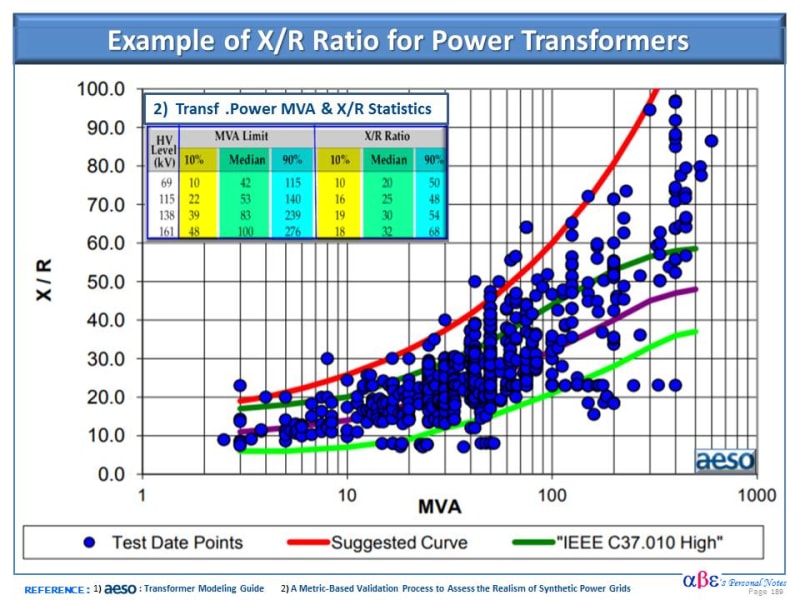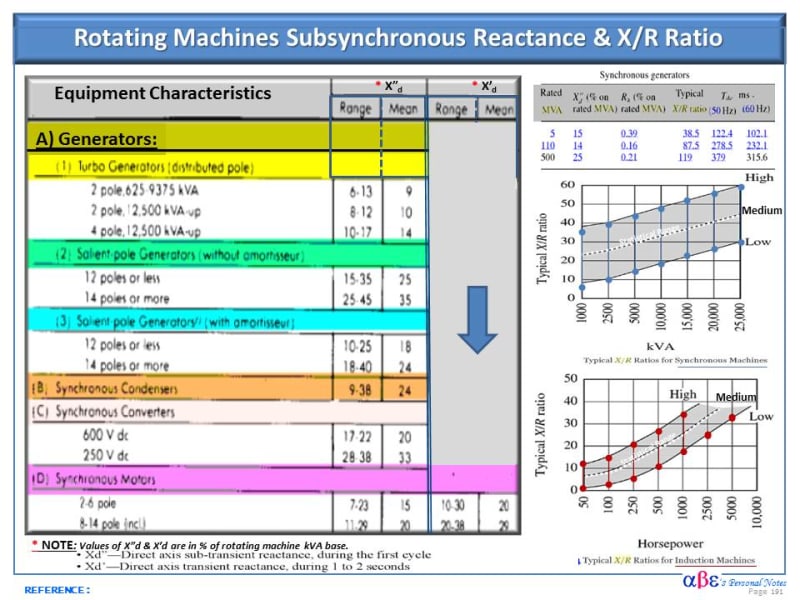ThePunisher
Electrical
Hi all,
In ANSI C37.010-2016, typical X/R ratios for transformers, motors and generators, are indicated in Figure 30, Figure 31 and Figure 32 respectively Pages 89-90.
However the curves indicates "High, Medium and Low" and the standard did not specify what are the bases for using these curve classes. Can anyone provide guidance?
Thanks,
In ANSI C37.010-2016, typical X/R ratios for transformers, motors and generators, are indicated in Figure 30, Figure 31 and Figure 32 respectively Pages 89-90.
However the curves indicates "High, Medium and Low" and the standard did not specify what are the bases for using these curve classes. Can anyone provide guidance?
Thanks,


